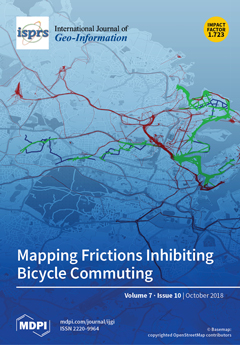Open AccessArticle
CO-RIP: A Riparian Vegetation and Corridor Extent Dataset for Colorado River Basin Streams and Rivers
by
Brian D. Woodward, Paul H. Evangelista, Nicholas E. Young, Anthony G. Vorster, Amanda M. West, Sarah L. Carroll, Rebecca K. Girma, Emma Zink Hatcher, Ryan Anderson, Megan L. Vahsen, Amandeep Vashisht, Timothy Mayer, Daniel Carver and Catherine Jarnevich
Cited by 16 | Viewed by 6814
Abstract
Here we present “CO-RIP”, a novel spatial dataset delineating riparian corridors and riparian vegetation along large streams and rivers in the United States (US) portion of the Colorado River Basin. The consistent delineation of riparian areas across large areas using remote sensing has
[...] Read more.
Here we present “CO-RIP”, a novel spatial dataset delineating riparian corridors and riparian vegetation along large streams and rivers in the United States (US) portion of the Colorado River Basin. The consistent delineation of riparian areas across large areas using remote sensing has been a historically complicated process partially due to differing definitions in the scientific and management communities regarding what a “riparian corridor” or “riparian vegetation” represents. We use valley-bottoms to define the riparian corridor and establish a riparian vegetation definition interpretable from aerial imagery for efficient, consistent, and broad-scale mapping. Riparian vegetation presence and absence data were collected using a systematic, flexible image interpretation process applicable wherever high resolution imagery is available. We implemented a two-step approach using existing valley bottom delineation methods and random forests classification models that integrate Landsat spectral information to delineate riparian corridors and vegetation across the 12 ecoregions of the Colorado River Basin. Riparian vegetation model accuracy was generally strong (median kappa of 0.80), however it varied across ecoregions (kappa range of 0.42–0.90). We offer suggestions for improvement in our current image interpretation and modelling frameworks, particularly encouraging additional research in mapping riparian vegetation in moist coniferous forest and deep canyon environments. The CO-RIP dataset created through this research is publicly available and can be utilized in a wide range of ecological applications.
Full article
►▼
Show Figures





